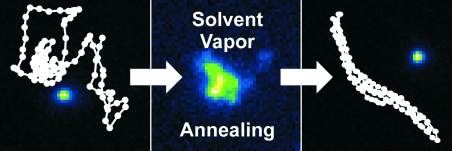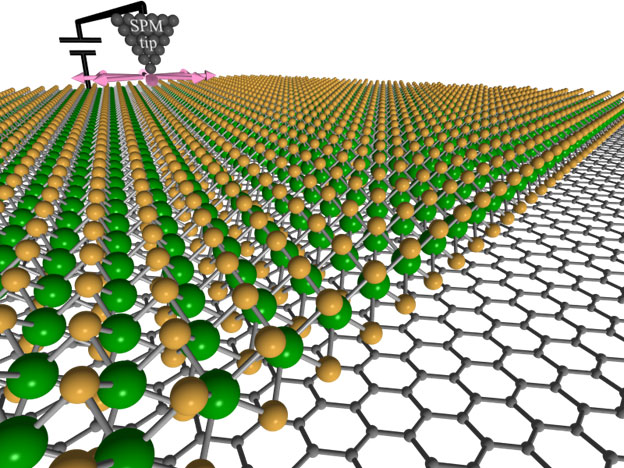Optimizing Photovoltaic Materials One Molecule at a Time



In the unusual world of quantum materials, metals can guide light in their interiors instead of merely reflecting it.

Machine learning and artificial intelligence accelerate nanomaterials investigations.